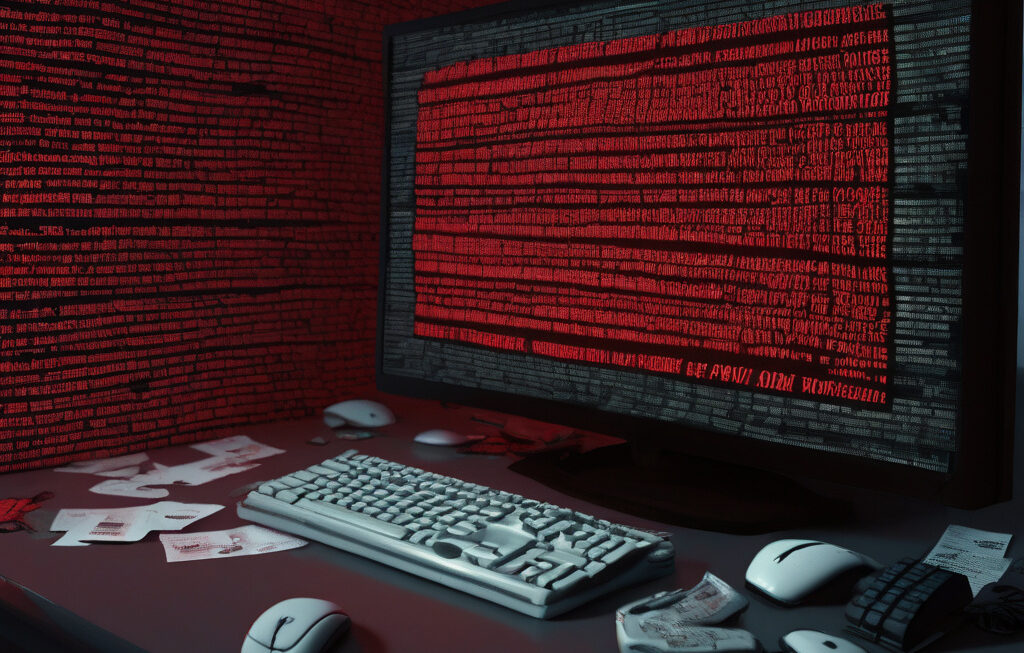Navigating the Boundaries of Plagiarism in the AI Era
In today’s rapidly evolving digital landscape, the line between originality and plagiarism is becoming increasingly blurred, especially in the realm of education. With the rise of artificial intelligence tools such as ChatGPT, students are facing new challenges when it comes to academic integrity. The question on many educators’ minds is: does utilizing these AI technologies to outline or edit academic work constitute plagiarism?
One of the key issues at play is the lack of clear guidelines and policies surrounding the use of AI in academic settings. As a result, students find themselves in a gray area where the boundaries of plagiarism are uncertain. While some educational institutions have strict policies in place that explicitly prohibit the use of AI tools for academic work, others have yet to address this issue, leaving students to navigate these uncharted waters on their own.
For students, the temptation to use AI tools for tasks like outlining essays or editing papers can be strong. These tools offer a level of convenience and efficiency that is hard to resist, especially in today’s fast-paced world. However, the question remains: at what point does using AI cross the line into academic dishonesty?
To shed light on this issue, let’s consider a hypothetical scenario: a student uses ChatGPT to help them generate ideas for an essay. The AI tool provides valuable insights and suggestions that the student incorporates into their final draft. While the student ultimately writes the essay themselves, the ideas and structure were heavily influenced by the AI. In this case, can the student truly claim that the work is entirely their own?
The answer to this question is not clear-cut. Some would argue that any outside assistance, whether from a peer, a tutor, or an AI tool, compromises the originality of the work and constitutes plagiarism. Others may contend that as long as the student is the one ultimately responsible for writing the essay, the use of AI is fair game.
Ultimately, the issue boils down to the need for educators to establish clear guidelines on the use of AI tools in academic work. By setting expectations and boundaries upfront, educators can help students navigate the complexities of the AI era without falling into the trap of plagiarism. Additionally, educational institutions must invest in resources and training to ensure that both students and faculty are equipped to handle these new challenges effectively.
In conclusion, the boundaries of plagiarism in the AI era are murky at best, leaving students and educators alike grappling with tough questions about academic integrity. As technology continues to advance, it is crucial that we adapt our policies and practices to address these challenges head-on. By fostering a culture of honesty and transparency, we can ensure that the pursuit of knowledge remains a noble and ethical endeavor in the digital age.
academicintegrity, AItechnology, educationpolicies, plagiarismdebate, ethicalAI











